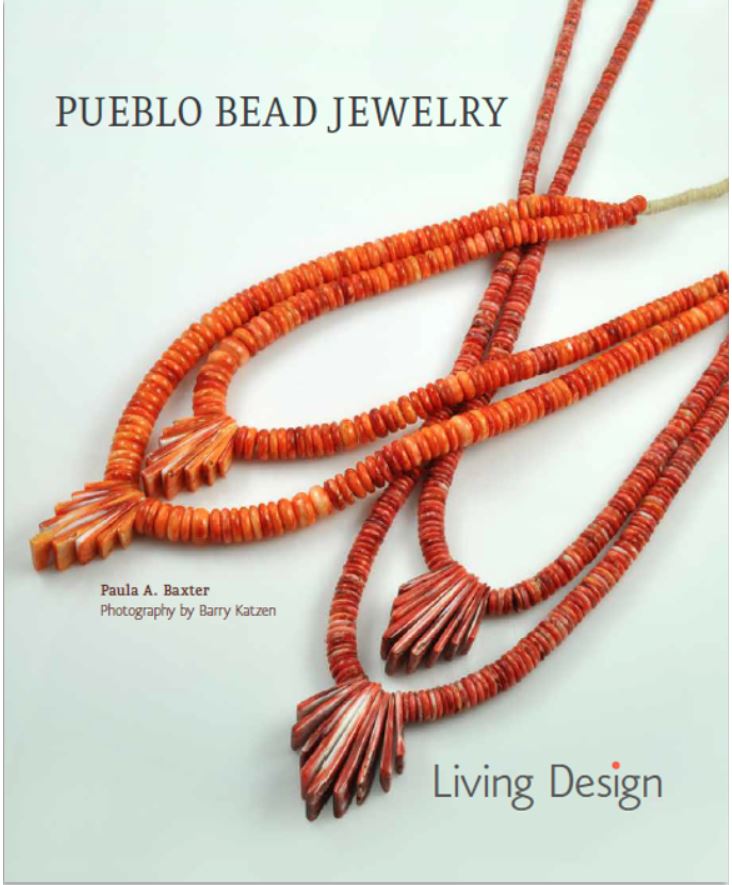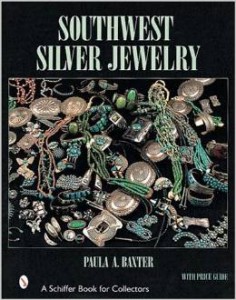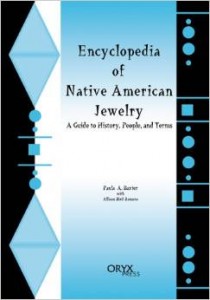The funeral took place a few days later. Carole, after making the arrangements, spent a long time staring out of the windows of her home at Hogback Mountain. She was along, utterly alone. The house which had sheltered her mother’s parents and father’s mother, her parents, and her brother was achingly empty. Her employer had given her several days for funeral leave but she knew she had no intention of returning to a place marked by daily pettiness. She’d left the career she’d wanted to care for her brother, born when she was nine.
Roger had become all her family quickly. Her parents died in a bus accident in Mexico when Roger was four. Then her maternal grandparents, who had moved into the home, both passed away — complications from uranium poisoning — within a year of each other. Grandma Rose, a Ute and a marvelous story teller, then lived with them until she died when Roger was ten. Carole put her artistic ambitions on hold, took a deep breath and went to college part-time while working full-time in nearby Farmington.
The two orphans were closer than most siblings. They had complete and utter faith in each other. Roger encouraged his sister’s creative talents, and understood her sacrifice albeit sadly. Carole was excited by the genius he showed in school in math and science. His teachers predicted a great future for him, with an ability to win scholarships easily, and choose a good college for his future.
Now he was gone. The empty house creaked with the sudden harshness of fate. Roger, with all his promise, had been her anchor. With all sense of purpose abruptly squashed, Carole retreated into a stupor that was internally busy. Tragedy was the spur for her next actions.
She moved the furniture out of her bedroom and put her bed in her brother’s room. She dragged her easel and paints out of the basement and set up a place to work. The main window was wide and framed the doughty walls of the Hogback. The best sunshine came here until late afternoon, so she rose early and painted, breaking only for the funeral. There, she was a picture of numbness, rebuffing her friends and (soon-to-be) ex-employer’s managers. Carole sent no note, gave no telephone call, but her supervisor left the funeral home knowing that they now had a staff vacancy.
She shut herself up in the house, painting furiously, and rarely answered either the phone or the decreasing number of knocks on the front door. Two weeks after the funeral she left. Her final act had been to arrange for rental of the house to a new employee at the power plant on Navajo Lake, through a realtor in Farmington. She packed two suitcases, a duffel bag with art supplies, and a carefully wrapped set of canvases.
How do legendary artistic successes occur? Often, luck and timing have a lot to do with this. Carole’s first stop was Durango, and there friends directed her to specific galleries and media outlets. Four months after Roger’s funeral, the name of Carole Luhan was beginning to reverberate in both popular culture and the art world. A gallery owner made a five-minute video of Carole describing an electrifying large painting propped on an easel. The work was titled “Before the Car Struck.” A surrealistic landscape, dominated by the Hogback in full form, cradled a young man riding a bicycle with exhilaration. Carole’s narrative was starkly voiced: robotic and numb. The final minute was devoted to a retired Northern Cheyenne college professor describing the statistics of drunk driving.
The video went viral with millions of hits. The consequences for Carole were monumental. She acquired several offers of representation from major galleries, a call for an exhibition at a small but prestigious college outside Chicago, and offers from M.A.D.D. and another organization to become a spokesperson. A literary agent approached her about co-writing a book. Money was beginning to flow in. A modest woman from Waterflow, New Mexico, became the latest heroine to depict graphic sadness and passion.
The next four years saw a consistent flowering of her career. Carole went from bunking with friends in Colorado to a nice apartment in Chicago and a job as a visiting artist at the university there. Two years later, she made a cautious move to New York City, picking up a business manager to handle the many demands for her art and speaking engagements. Carole wasn’t a full-fledged beauty, but she possessed striking features that went well with her stories of life culled from her maternal Navajo grandparents and paternal Mexican grandmother.




